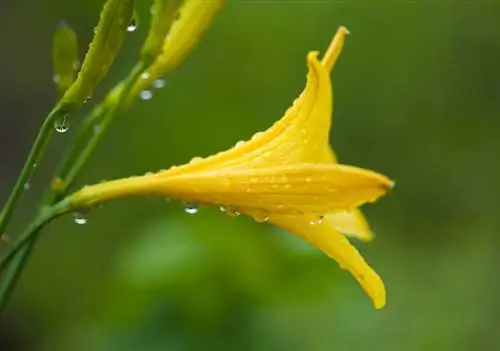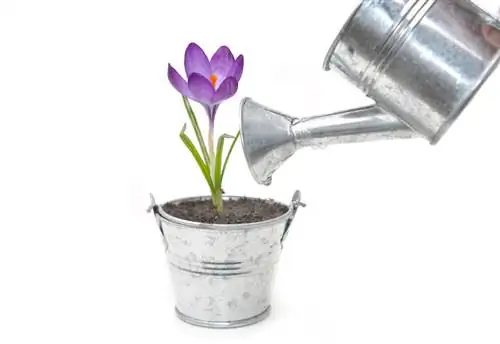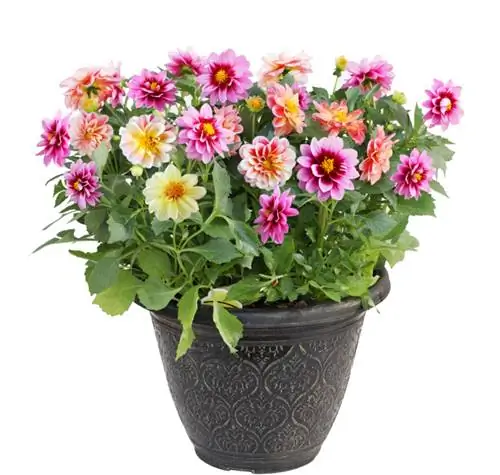- Author admin [email protected].
- Public 2023-12-16 16:46.
- Last modified 2025-01-23 11:20.
Yellow flowers in abundance are typical of cinquefoil. Depending on the variety, the flowers can also be white or red. But in order for the flowers to return every year, the cinquefoil, which is sometimes heavily controlled, needs a certain amount of care. What matters?

How do I properly care for the cinquefoil?
Cinquefoil care includes occasional watering, infrequent fertilizing with compost, no frost protection and pruning after flowering or in spring. It is hardy, prefers nutrient-poor soil and is insensitive to pests and diseases.
How important is watering?
While regular watering is the decisive factor for survival for other plants, cinquefoil does not need to be watered constantly. Watering is usually hardly necessary. The cinquefoil tolerates dry periods excellently. Still, it is better to keep the soil fresh to moderately moist. But there should never be any build-up of moisture!
Does fertilization necessarily have to be done?
Cinquefoil is content with a nutrient-poor substrate. Only cultivated varieties that quickly wear themselves out due to their excessive flowering should receive some fertilizer once a year. Compost (€12.00 on Amazon) is best suited for fertilizing. Sprinkle the compost over the root area of the plants in spring!
Do you have to protect the cinquefoil from frost in winter?
Almost all species of cinquefoil are hardy. Those that occur in our latitudes tolerate frost without any problems. Some of them are even frost-resistant down to -45 °C! For this reason, no protection in the form of brushwood, leaves, etc. is necessary. Even young plants that were only propagated in autumn do not need winter protection.
How to prune this plant?
When cutting, pay attention to the following points:
- cut back after flowering to prevent seed formation
- cut in autumn or spring
- Prune subshrubs lightly every 2 to 3 years
- Pruning in spring stimulates growth and flower formation
- Cutting prevents overgrowth
- missing cut leads to baldness
- if applicable thin out in summer
Tip
The non-poisonous cinquefoil is normally unattractive to pests. Diseases such as leaf spot or powdery mildew also rarely occur. Prevent an infestation by choosing the right location!






